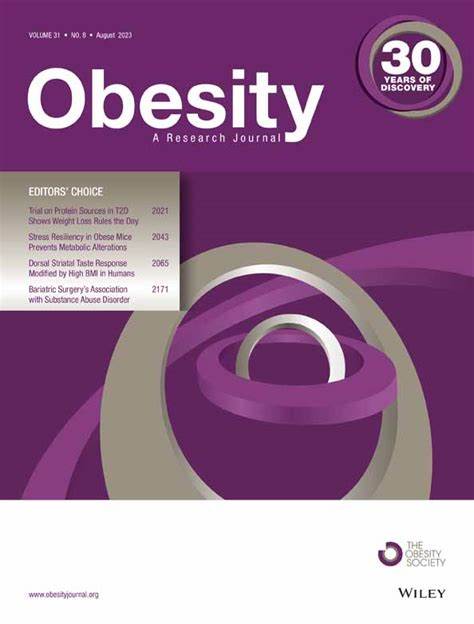Associations of BMI, sleep quality, and sleep duration trajectories with new-onset diabetes mellitus in the elderly
Abstract
Objective
Our objective was to investigate the relationships between BMI, sleep quality, and sleep duration trajectories and new-onset diabetes mellitus (NODM) in the elderly.
Methods
We analyzed 2648 diabetes-free participants aged ≥60 years from the Chinese Longitudinal Healthy Longevity Survey (CLHLS) in 2014. Using Cox proportional hazards models, we examined the associations of BMI, self-reported sleep quality, and sleep duration trajectories (categorized as persistent short, persistent normal, persistent long, low-increasing, normal-decreasing, normal-increasing, and long-decreasing) with NODM risk over 4 years. Diabetes diagnosis was self-reported.
Results
Over 4 years, 94 participants developed NODM. Obesity was associated with the highest risk (adjusted hazard ratio [HR] 2.247 [CI: 1.212–4.168]). Compared with individuals with good sleep quality, those with poor sleep quality showed an increased risk of NODM, but this association was not statistically significant (HR 1.570 [0.903–2.731]). Additionally, persistent short, normal-decreasing, and long-decreasing sleep trajectories were associated with elevated NODM risk (adjusted HR values 11.662 [CI: 1.565–86.896], 8.403 [CI: 1.023–69.010], and 9.474 [CI: 1.269–70.700]).
Conclusions
BMI, sleep quality, and sleep duration trajectories are associated with NODM risk. Individuals with higher BMI values, poor sleep quality, or persistent short or decreasing sleep duration may be at higher risk for NODM, warranting further attention.


 求助内容:
求助内容: 应助结果提醒方式:
应助结果提醒方式:


